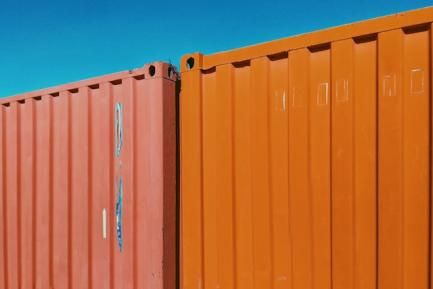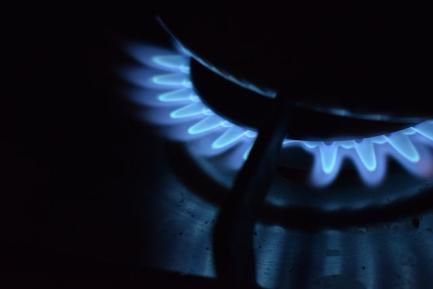The correction of Portugal’s current account: temporary or structural?
Portugal has considerably reduced its external imbalances over the past few years. Its current account has gone from a deficit of 10% of GDP in 2010 to a surplus of 0.8% of GDP in 2016. The extent of this correction is similar to that of euro area countries, such as Spain and Greece, and is considered to be one of the Portuguese economy’s great achievements in recent years. In terms of composition, this improvement is due to a substantial adjustment in the trade deficit of 5.8 pp, a significant increase in the services account surplus of 3.5 pp, and a 1.7 pp reduction in the income account deficit. We will now look more closely at the trend in each of these components.
Firstly, the trade deficit evolution of each of the components of the balance of payments fell from 10.7% of GDP in 2010 to 4.9% in 2016. This was essentially due to the improvement in the non-energy goods account between 2010 and 2012 and, from 2013 onwards, to the smaller deficit in the energy goods account. Between 2010 and 2012, the non-energy goods deficit shrank from 7% to 1% of GDP on the back of the strong growth in exports, which averaged 11% per year,1 and weak imports resulting from a drop in domestic demand. Since 2013, however, the non-energy goods balance has worsened slightly because of the recovery in imports, although exports have continued to grow at a good rate (4% per year). Lower oil prices have also helped to improve the trade balance over the past two years. In fact, the negative deficit in the energy goods account has almost been halved,2 a very similar trend to that of other countries heavily dependent on hydrocarbon imports, such as Spain. However, as oil prices are expected to rise slightly, the energy deficit is also likely to increase in the future.
Secondly, the increase in the services account surplus from 3.6% of GDP in 2010 to 7.1% in 2016 has been supported the tourism boom. Over the past six years, income from tourism services has increased almost 70% and the tourism services surplus has gone from 2.6% of GDP in 2010 to 4.8% of GDP in 2016. The non-tourism services surplus has also gained importance with non-tourism service exports, increasing their share of GDP by 2.0 pp since 2010.
Lastly, the correction in the income account from –3% of GDP to –1.4% in 2016 was mainly due to a lower primary income deficit owing to the favourable conditions for the financial aid received and to the ECB’s accommodative monetary policy.
To sum up, the recent improvement in the current account has been partly supported by temporary factors, such as low oil prices, the ECB’s monetary policy and the reduction in imports caused by the recession. However, exports’ good performance, which increased their share of GDP from 30% in 2010 to 40% in 2016, can be put down to the Portuguese economy’s gains in competitiveness. On the one hand, unit labour costs fell, on average, by almost 1% per year between 2010 and 2016. Also, as some studies suggest,3 there is also increasing support from factors that are not related to price, such as a greater emphasis on innovation and product differentiation.
1. In nominal terms.
2. From 3.6% of GDP in 2014 to 1.7% in 2016.
3. Bank of Portugal (2016), «Economic Bulletin. October 2016».



